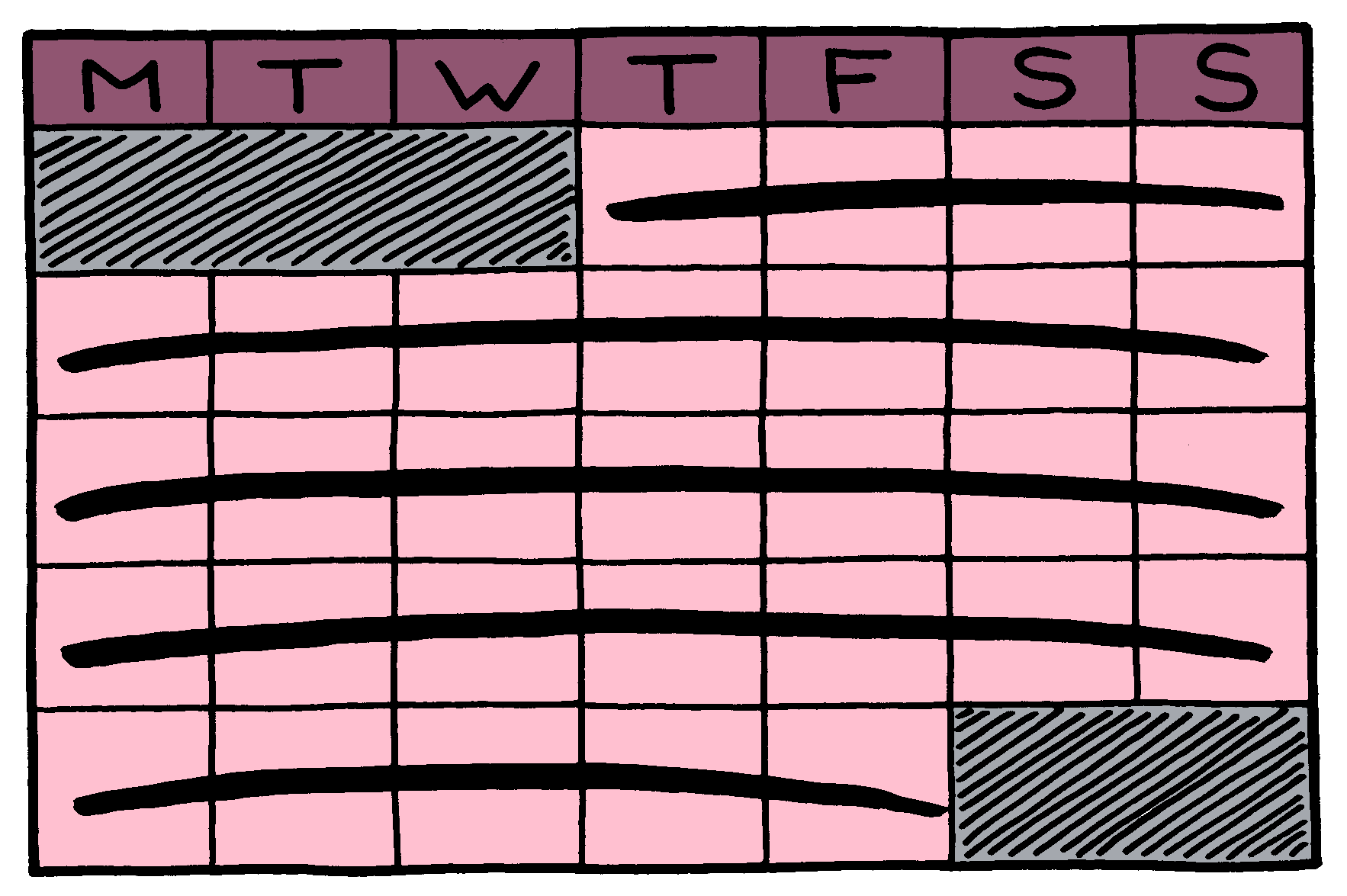Results-only work environments? I prefer to talk about trust-only work environments. When there is trust…

The Unlimited Vacation Policy
Some companies have stopped defining how many days in the year employees can go on a vacation.
Ever since people have worked away from the office, the line between work time and free time has started to blur. When an employee books a vacation from her office desk, should that be considered as the first hour of her vacation time? And when the same person phones into an important meeting from her holiday resort, does that count as two missed hours of vacation? How about writing a report while babysitting the neighbors’ kids? How about walking the dog after lunch while discussing a project with a team member?
Smart organizations would rather not specify in detail what is and what is not allowed during which times of the day, as long as people do enough useful work and take enough time off. Plenty of studies have found that time away from work, with frequent vacations, improves people’s performance, and lowers their stress levels, which increases the quality of their output when they do work.
For this reason, companies such as The Motley Fool, Netflix, HubSpot, Evernote, and Zynga have stopped defining how many hours per day people should work and how many days in the year they can go on a vacation. The benefits of such an unlimited vacation policy are, among others, better morale, increased productivity, higher retention, and higher engagement. And no tiresome discussions about banking vacation days, half days, bonus days, and other nonsense.
Surprisingly enough, with an unlimited number of vacation days and without any guidance on how much vacation per year is reasonable, it appears some people actually take less time off than they should. The reasons mentioned most often are not wanting to be qualified as a “slacker”, not having the experience or courage to say “No” to extra work, and not being able to choose (also called “choice overload”). Taking into account these undesirable side-effects of an unlimited vacation policy some companies are strongly suggesting a minimum amount of vacation per employee, but no maximum. Assuming that we can properly address these side-effects, the responsibility for one’s own free time sounds to me like a great step toward a more trust-driven work environment of creative networkers in the 21st century.
 This text is part of the article Feedback Wrap, which is a chapter in the Management Workout book. It is also the last chapter that will be available publicly. Do you want to receive the last few chapters for free? Subscribe to the mailing list!
This text is part of the article Feedback Wrap, which is a chapter in the Management Workout book. It is also the last chapter that will be available publicly. Do you want to receive the last few chapters for free? Subscribe to the mailing list!








